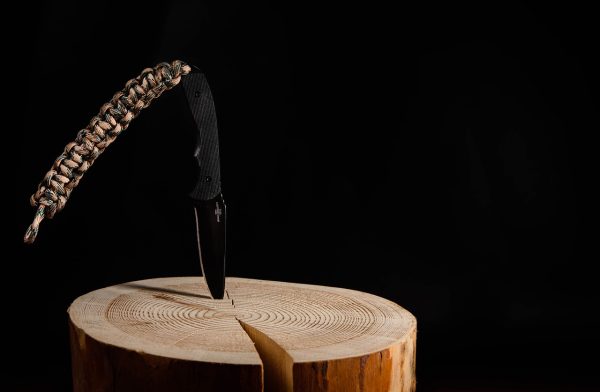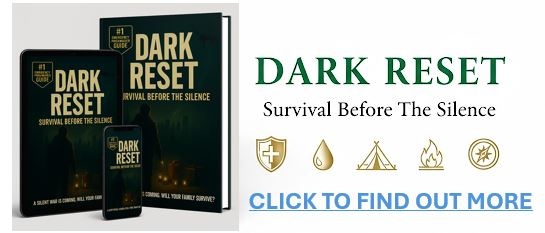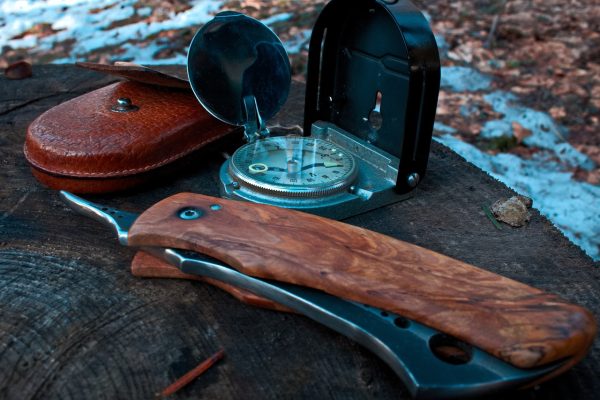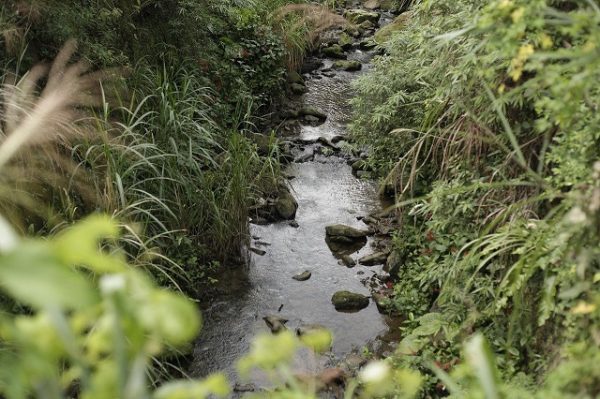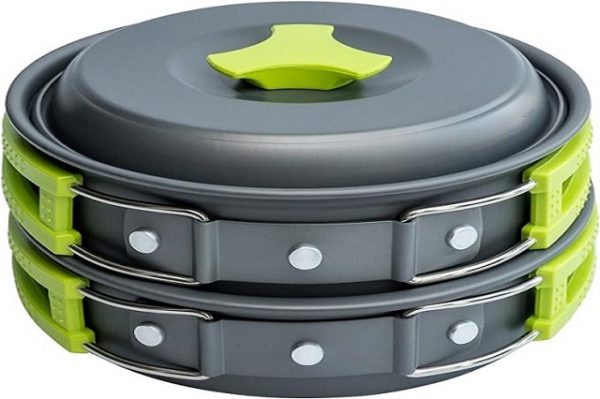Exploring the wilderness, whether intentionally or unexpectedly, demands specific survival skills. Backcountry hikers and hunters must hone these skills, from foraging for food to building shelters with natural materials. Put your outdoor skills to the test! Try these six essential bushcraft techniques, honed over centuries, to enhance your wilderness survival skills.
1. Finding a Water Source
Water is essential for survival. Since the human body can only last about three days without it, finding a water source is critical. Even with a water bottle, you’ll eventually need to replenish your supply. Locating water is a crucial skill for all backcountry travellers.
For efficient shelter setup, locate a site near water. Use the sound of flowing water to help you find a source. Always purify water by filtering and boiling. Melt snow before consuming it to avoid expending unnecessary calories.
2. Building a Shelter
Shelter is absolutely critical in bushcraft. It’s not just about comfort; it’s about survival. Protection from the elements, especially freezing temperatures, is paramount. Hypothermia can set in rapidly, disabling and ultimately killing you faster than starvation or dehydration could in a single night of freezing temperatures. A well-constructed shelter can be the difference between life and death.
Choose your shelter type based on anticipated weather conditions. Various designs offer different levels of protection and utilize diverse materials like branches, leaves, moss, and even tarps. The lean-to is a simple yet effective option, making it a great starting point. Practice shelter building to master this essential bushcraft skill.
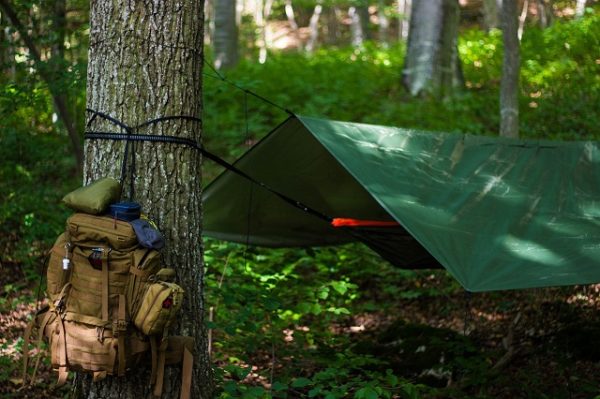
3. Creating a Fire
Beyond shelter, fire-starting is a crucial bushcraft skill. True wilderness preparedness means being able to ignite a fire without matches or commercial fire starters, using only available resources. Practice with ferro rods and various tinder to hone this essential skill. Fire provides warmth and light, vital for cooking and shelter construction, especially when lacking a headlamp.
Building a fire is just the beginning. True fire craft requires gathering dry wood, positioning the fire effectively, and maintaining it to ensure a continuous source of warmth and light.
4. Knot Tying
Knot-tying is a vital bushcraft skill with diverse applications. From securing shelters and protecting food stores to creating emergency medical devices, knowing your knots can be a lifesaver.
Mastering knot-tying is essential. Resources like Animated Knots offer visual learning aids. Focus on practical knots like the sheet bend, which allows you to secure items without needing a hole. Practice diligently until you can tie knots quickly and efficiently, even without looking.
5. Foraging
Knowing which wild plants are edible is a vital survival skill. Many offer enough calories to sustain you, but mushroom identification requires expert knowledge. Avoid consuming any mushroom unless you are absolutely certain of its edibility. Familiarity with wild plants can also be helpful for medicinal uses.
6. Knife Sharpening
Be prepared to acquire food in the wilderness with a sharp knife. This essential tool can be used in a variety of ways beyond traditional hunting. Sharpening a knife is a crucial bushcraft skill. A sharp blade can be used for everything from procuring food (fishing, hunting) to building shelter. Master the technique of sharpening with a stone, water, and oil.
